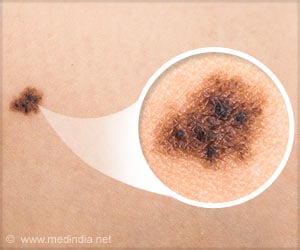The death toll in an eight-day heat wave in Southern California rose to 25 as temperatures started to soar to over 110 degrees Fahrenheit
The death toll in an eight-day heat wave in Southern California rose to 25 as temperatures started to soar to over 110 degrees Fahrenheit (more than 40 degrees Celsius), authorities said.
Temperatures have been particularly fierce in desert areas of the region, easing by only a few degrees at night.The 25 victims range from 26 to 87 years old. The deaths are being treated as heat-related and autopsies will be carried out along with toxicology tests, coroners said Wednesday.
Weeks are needed to complete the tests, they added.
A 26-year-old was found dead an hour after he separated from his friends while out riding his dirt bike Saturday.
The heat wave also killed an old couple who refused to switch on their air conditioner at the weekend in an attempt to save $50 by keeping the machine off, the Los Angeles Times reported.
The deaths were reported in four counties in Southern California.
"We felt like we were being tortured," said Matthew Lorenzen, 28, who suffered power outages several times Saturday, Sunday and Monday. "It was just horrible - lots of still, hot nights."
Source-IANS
LIN/J
 MEDINDIA
MEDINDIA
 Email
Email






